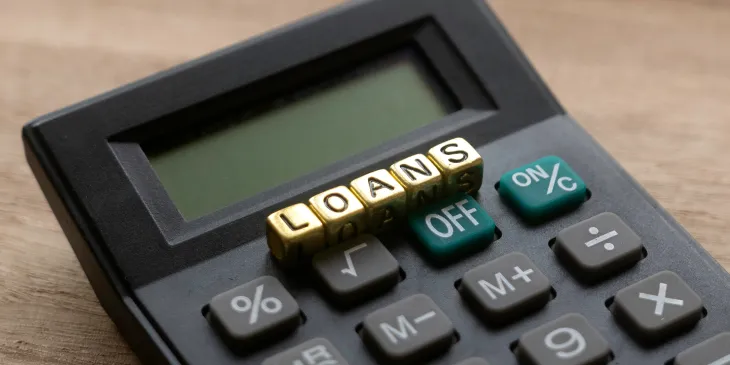Tips on How Student Loan Forgiveness and Refinancing Works

With a federal student loan moratorium scheduled to expire soon and more talk about student loan forgiveness, now is a great time to decide how to proceed if you carry student loan debt.
The weight of any student loan, especially a large one, can feel like a drag, but it doesn’t have to end that way. There are ways to reduce your loan term, lower your interest, or lower your monthly payment. You might even eliminate all or part of your student loan. However, knowing the difference between student loan forgiveness and refinancing is vital before beginning.
What is Student Loan Forgiveness
Student loan forgiveness releases you from some or all of the responsibility for your student loans, placing the burden on the government. However, not all student loans qualify for forgiveness, and the government will not fully forgive all loan types. Student loan forgiveness applies only to federal direct student loans.
There are many types of student loan forgiveness, including the following:
- Forgiveness for public service employees, teachers, and students whose schools closed during enrollment
- Perkins loan cancellation
- Total and permanent disability discharge
- Discharge due to death of the borrower or student
- Bankruptcy
Tax Implications for Forgiven Loans
If you receive forgiveness for your student loans, you might still have to pay taxes on them, but this depends on the type of student loan cancellation you received.
If you received loan forgiveness as a public service employee or you’re a teacher at a low-income school, for example, these loan cancellations are not taxable income. However, the IRS considers many other types of loan cancellations as taxable income. These include student loan discharges due to death or disability, a closed school, or if your school falsely certified your lending eligibility.
What is Student Loan Refinancing
Unlike student loan forgiveness, you’ll keep all of your loan amount with refinancing. However, sometimes student loan refinancing makes more sense, especially if you don’t qualify for loan forgiveness. Other reasons to refinance your loan include the following:
- You want a shorter term to pay off your student loan sooner.
- You want a lower monthly payment.
- You want to pay less interest.
- You’re consolidating several loans into one new loan.
- You want to switch to a different lender with better service.
- You’re releasing a co-signer from liability.
- You want to take advantage of a flexible payment plan.
Sometimes refinancing part of your student loans rather than all of them makes sense, such as when you’re participating in an income-driven repayment plan or don’t qualify for a full refinance or consolidation. Even a partial refinance might offer a reprieve in your payment.
Loan Forgiveness and Refinance vs. Forbearance
A forbearance differs from student loan forgiveness and refinancing. You’ll still make payments on your student loan, but a forbearance places you on an income-driven repayment plan. This option might be good if you’re struggling to make your monthly payment. Sometimes a forbearance might give you a $0 monthly payment plan.
The goal behind forbearance is to make your monthly payment more affordable, so you’re still able to make progress during the repayment period. If you haven’t fully paid your loan within 20-25 years, you might qualify for forgiveness for the remaining balance.
Sometimes a forbearance is temporary, but if your financial situation remains unchanged, you can apply for a continuance.
Like with student loan forgiveness, loan servicers cannot guarantee forbearance eligibility and will require you to meet specific criteria. Your loan servicer can provide you with the requirements and application details.
The Final Word
If you have qualifying federal loans, then forgiveness might be a good approach, but this also depends on how much of your loan the government will forgive. Forbearance makes sense for many low-income students struggling to make ends meet. The income-driven repayment option, even if you don’t qualify for the $0 payment, can still offer a reprieve.
Still, many students opted for private lending or have federal loans that don’t qualify for forbearance or forgiveness. If that sounds like you, a refinance might be the best option. Refinancing can lower your monthly payment and give you a better interest rate for your loan. A lower interest rate can translate into saving hundreds to thousands of dollars over the loan term.
There are many ways to reduce your payment and free up more money. However, there is no one-size-fits-all solution. You’ll need to decide for yourself which approach makes more sense. However, you don’t need to make the decision alone. Call us today to discuss your options.
Sources
- https://studentaid.gov/manage-loans/forgiveness-cancellation
- https://finaid.org/loans/forgivenesstaxability/
- https://studentloanhero.com/featured/6-reasons-to-refinance-your-student-loans/#:~:text=Student%20loan%20refinancing%20allows%20you,one%20potentially%20lower%20interest%20rate
- https://studentaid.gov/manage-loans/lower-payments/get-temporary-relief/forbearance




